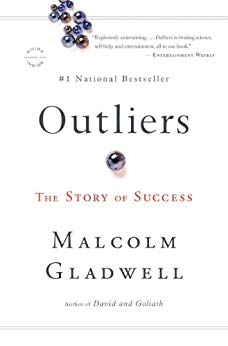

This article is an excerpt from the Shortform summary of "Outliers" by Malcolm Gladwell. Shortform has the world's best summaries of books you should be reading.
Like this article? Sign up for a free trial here .
The Roseto effect – what is it? How did a little town named Roseto show the unusual determinants of health?
Doctors tell us that individual actions, such as eating well, drinking less, exercising, and quitting smoking, have a huge impact on our health. For decades, the emphasis of preventative care was on individual choices. A study on the Pennsylvania town of Roseto turned that thinking on its head. Our communities affect our health as much as our individual choices do.
Roseto Effect and Heart Disease
In 1961, when researchers first began their 50-year study of the health of Roseto’s residents, they had remarkably low levels of disease, crime, alcoholism, and suicide. In particular, the Italian-American community had low rates of heart disease.
The Roseto effect was a big deal. At the time, heart disease was an American epidemic and cholesterol-lowering drugs weren’t yet available. Heart disease was the leading cause of death of men under age 65. In Roseto, almost no one under age 55 showed any signs of heart disease, and men over 65 died from heart disease at half the rate of the U.S. population.
Intrigued by the Roseto mystery, the researchers talked to residents and combed death certificates looking for the leading cause of death in Roseto. What they found was shocking: There was no leading cause of death. People in Roseto were dying of old age.
Why Were Residents of Roseto so Healthy? The Roseto Mystery
Extensive research on the Roseto effect ruled out factors such as diet, exercise, genetics, and geographic region as the cause of the residents’ unusual degree of health.
Instead, researchers determined that their health stemmed from the protective effects of the town’s robust sense of community. Residents were active members of the church and civic associations. Their houses were close to each other and they visited each other throughout the day. Three generations often lived under the same roof and they respected their elders. Those with wealth didn’t flaunt it and the standard of living across the community was relatively consistent. As the researchers found, this was the Roseto effect.
Individual choices such as diet or exercise did not have as large an impact on health as living in a close-knit community. These findings created a paradigm shift in the way the researchers viewed health.
Similarly, Outliers seeks to foster a paradigm shift in the way we understand success. Just as with health in Roseto, we can understand success in terms of the outlier’s environment rather than his individual attributes.
———End of Preview———

Like what you just read? Read the rest of the world's best summary of "Outliers" at Shortform . Learn the book's critical concepts in 20 minutes or less .
Here's what you'll find in our full Outliers summary :
- What makes some people outliers, and most others not
- Why some genius outliers end up failing in life
- Why Asians are good at math, and other curiosities of culture






